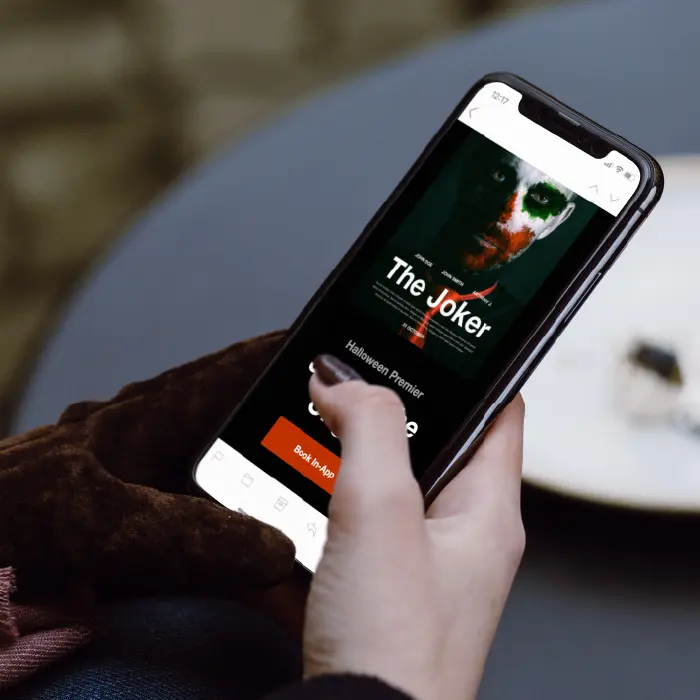Expertise
Inside the Inbox: Industry Insights & Email Excellence

5 Tips for Dark Mode Email Design
Dark mode is becoming more and more popular. Many consumers view their texting conversations, social media feeds and email inboxes in dark mode to save their...

How to Use Thank You Emails to Engage Your Customers
How do you feel when someone gives you a heartfelt “thank you” message? Most likely, you feel pleased, happy and valued. When someone tells you thanks, that ...

Empathy in Email Marketing: In A Crisis, Keep It Simple
Email marketing in a crisis can be tough. When it comes to serious topics or crisis situations, it’s difficult to know what to say — and your brand might be ...

How to Craft Late Delivery Emails to Apologize to Your Customers
Shipping delays are a common issue for ecommerce brands, especially right now. USPS, FedEx and UPS are all experiencing shipping disruptions due to the COVID...

Grow Your Business with Cold Email Marketing Campaigns
Cold email marketing campaigns can have a lot of benefits for your business: These unsolicited emails are scalable and effective. But if you don’t handle the...

How to Build an Email Follow-Up Campaign
Do you ever find yourself struggling to close a sale or hold on to a customer? If so, focusing more heavily on email follow-up campaigns might be just what y...

Email Crisis Communications: How to Adjust Your Marketing Amid the Coronavirus Pandemic
Last week, the COVID-19 virus was declared a pandemic and a national emergency in the U.S. This announcement has impacted individuals and companies alike in ...

15 Essential Email Marketing Terms Defined to Make Your Life Easier
There's a lot of misinformation and confusion when it comes to email marketing terms. Many are used in the wrong context and other terms are difficult to und...

Welcome Email Series: Strategy, Timing and Subject Lines
Do you send a welcome email series to new subscribers? If not, we’d encourage you to start. This type of email series is hugely beneficial and carries a high...

3 Steps to Create a Free Email Marketing Campaign
Email marketing is an essential part of your business, but it can quickly get expensive. How can you create an email marketing campaign that doesn’t break th...

6 Cyber Monday Email Ideas to Improve Your Sales
For us #emailgeeks, the Thanksgiving season is about a lot more than turkey and stuffing. Preparations for Black Friday go hand-in-hand with those forCyber M...

How to Craft Inviting Re-Engagement Emails to Reactivate Users
Over time, your email list tends to fall away: Most email marketing databases degenerate by 22.5 percent each year. That’s a lot of valuable customers who ar...

Stay informed on all email trends
From the latest creative design strategies that inspire your next campaign to industry best practices and tech advancements, our newsletter is the go-to for all things creation.
Thank you! Your submission has been received!
Oops! Something went wrong while submitting the form.
By clicking Subscribe you're agreeing with our Privacy Policy